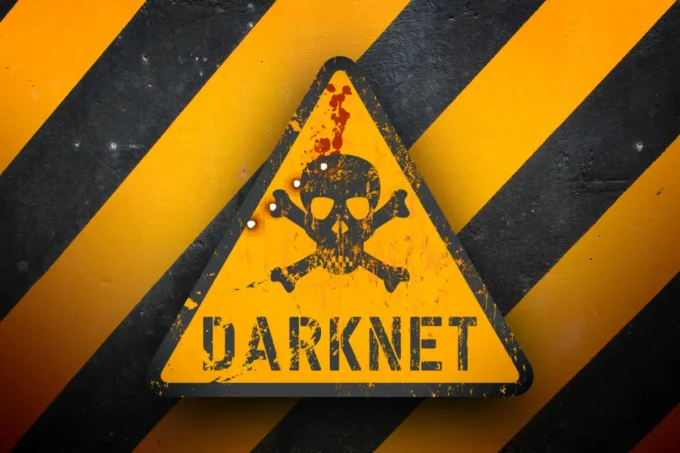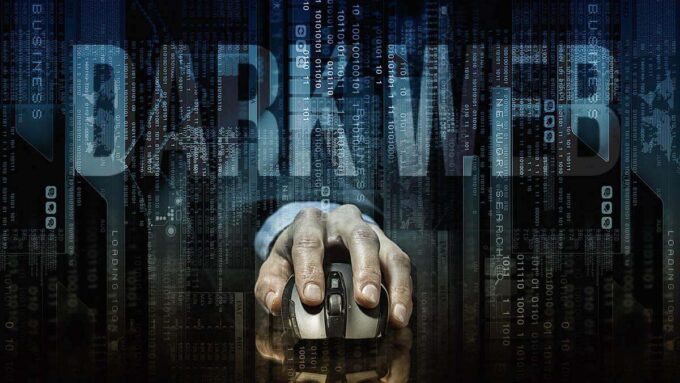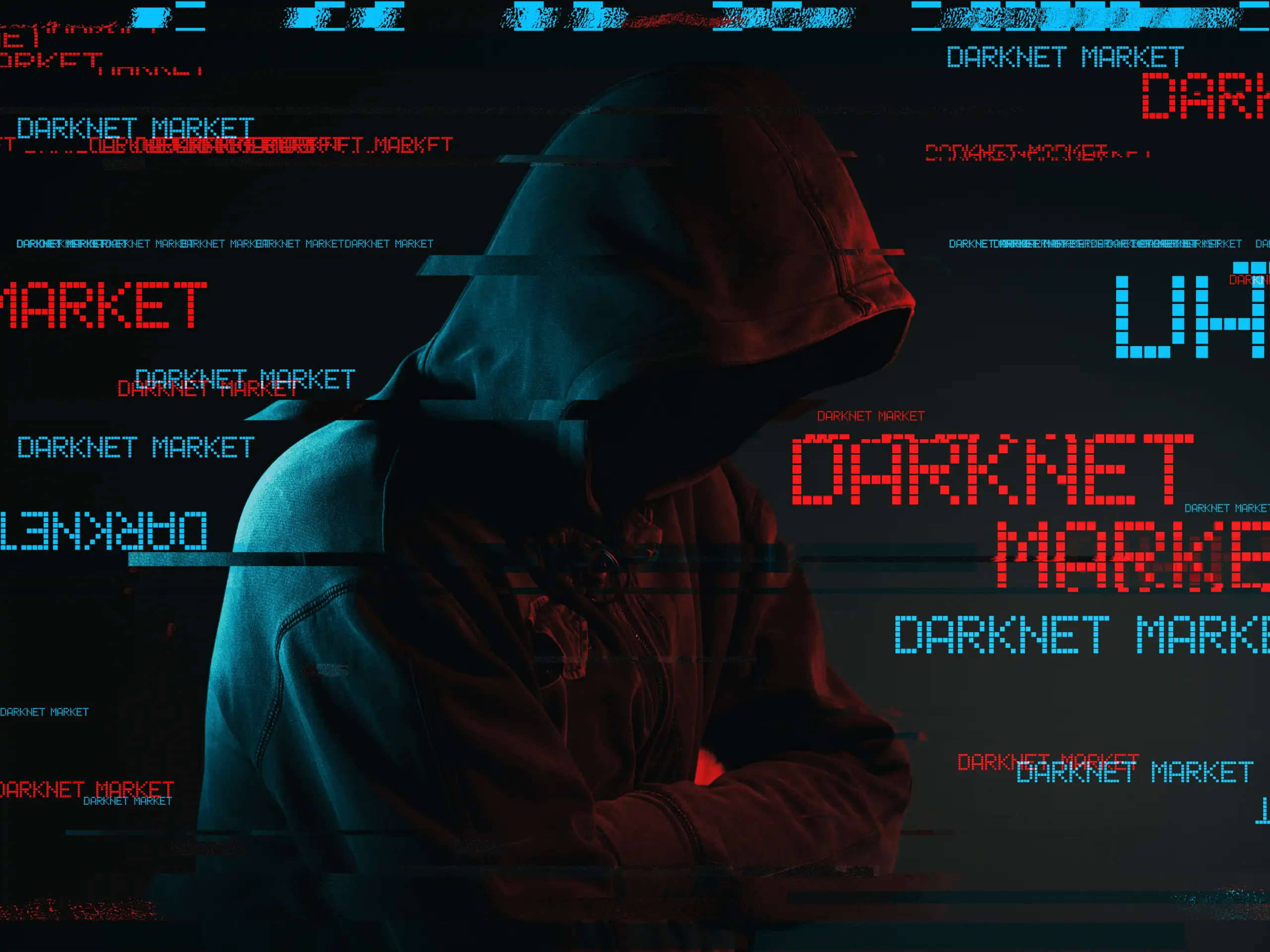An organization’s cybersecurity posture is rarely confined to its own operations. In modern business, organizations maintain relationships with third parties. And where those relationships exist, third-party risk is a genuine concern.
DarkOwl, a leading darknet intelligence provider, explains that the right tools and strategies can identify third-party risks before such risks become problematic. But what risks are we talking about, specifically?
The Basics of Third-Party Risk

Before getting into the details of darknet intelligence, a basic understanding of third-party risk is in order. Third-party risk is a concept describing the potential harm an organization’s partners can impose on that organization or its customers. Said harm is the direct result of the third party’s actions or lack thereof.
The potential harm associated with third-party risk can manifest itself in many different ways:
- Security Breaches – Vendors and service providers can expose an organization to security breaches involving unauthorized access, data theft, etc.
- Operational Disruptions – Partner failures can lead directly to operational disruptions for the primary organization. Such disruptions cause additional challenges that directly affect customers.
- Compliance Issues – If a third-party does not maintain regulatory compliance, its actions could have an impact on the primary organization.
- Financial Issues – Third-party risk often manifests itself in financial issues, particularly losses incurred as a result of vendor nonperformance. Losses can be significant.
- Reputational Damage – Third parties always represent potential risk to an organization’s reputation. A partner’s actions or inactions can tarnish the organization’s reputation to the point of negatively impacting the brand.
Just as there are many ways third-party risk can manifest itself, the types of vulnerabilities that increase such risks are nearly endless in their variety. This could explain why professionals are quick to recommend implementing third-party risk management practices.
Leveraging Darknet Intelligence

Darknet intelligence is all about gathering and analyzing critical data gleaned from the dark web and adjacent space. It is similar to military intelligence inasmuch as the gathered data tells security experts what might be on the horizon. Leveraging darknet intelligence to mitigate third-party risks requires identifying those risks ahead of time.
Here are five specific risks darknet intelligence can identify:
1. Data Breaches
Third-party data breaches can blow back to harm primary organizations. Through darknet intelligence, such breaches can be identified in the earliest possible stages. Intelligence experts scan the darknet and adjacent spaces looking for:
- Leaked credentials
- Vendor specific data
- Sensitive data belonging to the primary organization.
Essentially, any compromised data that has value on the dark web is up for grabs. Effective monitoring can reveal whether such data is available on darknet marketplaces. It can identify whether the information is being sold or shared.
2. Unauthorized Account Access
An organization’s vendors and service providers often have access to networks and cloud environments. When that access is breached, threat actors can access all sorts of sensitive data. Darknet intelligence seeks to prevent unauthorized account access through preemptive discovery.
By gathering and analyzing data, intelligence experts can identify leaked credentials that might be used to launch credential-stuffing attacks or pull off account impersonation. All sorts of malicious activities involving stolen credentials can be uncovered before threat actors make serious attempts to breach the primary organization’s network.
3. Infrastructure Abuse

Infrastructure abuse occurs when critical infrastructure is misused or exploited for nefarious purposes. A threat actor could compromise a third-party vendor, and then use the vendor’s infrastructure to launch a variety of cyber-attacks against organizations all across the web.
Monitoring for such threats protects primary organizations from being targeted due to a third-party’s infrastructure being compromised. Continual monitoring looks for instances of third-party abuse by way of:
- Hosted TOR nodes.
- Command and control server communications.
- Malware detection.
As sophisticated as infrastructure abuse can be, darknet intelligence is capable of uncovering it. Identifying such abuse protects primary organizations from being harmed by attacks launched against partners and service providers.
4. Domain Abuse
Domain abuse is yet another threat organizations face as a result of third-party actions. Darknet intelligence reveals such threats by monitoring for signals like typosquat domains. A typosquat domain is one purposely registered for the purpose of impersonating a legitimate domain. It is a common practice linked to phishing attacks.
5. Publicly Exposed Data

The possibility of an organization’s data being publicly exposed is always a risk. That risk is heightened when partners and service providers don’t take the necessary precautions to prevent unauthorized access. This takes us back to the same concept of monitoring for sensitive data, stolen credentials, etc.
There are times when publicly exposed data is accidental. A third party leaks information unintentionally or dumps it to threat actors unknowingly. Nonetheless, publicly exposed information can be just as damaging. Darknet intelligence can identify such information by scanning the dark web and adjacent sites.
Darknet Intelligence Is a Science
Darknet intelligence can identify specific types of third-party risk by gathering and analyzing information. It should be noted that the practice is a science first and foremost. It is a science based on the big data concept, a concept that dictates gathering data, analyzing it, and turning the analysis into actionable results.
It’s not something that most in-house IT teams are capable of. It’s not something that can be easily accomplished with a TOR browser, VPN, and a few hours of spare time. Darknet intelligence is highly sophisticated and requires significant knowledge, skill, and advanced software and equipment.
Any organization that maintains partnerships with third parties should be aware of potential risks. Those risks should be taken seriously. An organization’s security is only as effective as the security of its partners and service providers. And far too often, partners and service providers represent the weakest links in the security chain.
The good news is that darknet intelligence is up to the task. By working with experts, organizations can leverage darknet intelligence to identify and mitigate third-party risk. Doing so is a no-brainer in a modern world in which cybersecurity threats continue evolving at an incredibly fast pace. Why would an organization not want to utilize darknet intelligence?









